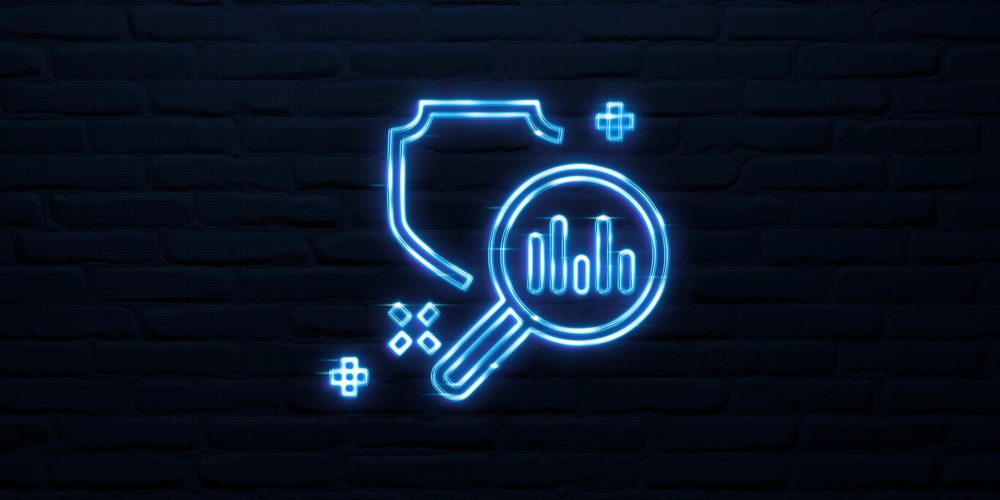Conclusion
“Software vulnerabilities, malicious code, and software that doesn’t function as promised pose a substantial risk to the Nation’s software-intensive critical infrastructure that provide essential information and services to citizens” [2].
The 2008 IEEE Inspection Standard, the Inspection Compliance Matrix, Computerized Inspection tools and Inspection pitfall mitigation techniques along with using an evolutionary development environment approach, ensure correct, consistent, repeatable and sustainable rigorous Inspection execution across distributed environments. Use of these capabilities with their associated benefits (see below) now gives government acquirers, and any other software acquirers along the supply chain (see figure 1), the ability to attain auditable and actionable outcome-based acquisition of products and systems for On-Time Quality capabilities delivered within budget.
Who benefits from Outcome-Based Acquisition
Acquirer /Customer
Key programs will now receive the capabilities needed when promised with the best quality possible.
Contracting Officer
With up to 90% of program cost occurring after deployment, the contracting officer will now contract for the best life-cycle (true) cost of a program.
Program Manager
The suppliers current product assessment capability is now a key factor in awarding contracts providing government program managers the ability to monitor ongoing quality, issues, and risk based on the suppliers automated inspection reports.
Supply Chain Risk Management (SCRM)
Implementing ongoing outcome-based product assessments (OBPA), the focus of OBA, will reduce/streamline much of the strategies, policies, standards, etc. planned and underway for SCRM
Suppliers
Outcome-Based Product Assessments of pre-code activities (e.g., requirements, design) removes defects where 70-80% of defects are typically introduced into products ensuring the best quality at the contracted schedule and cost.
We welcome your comments.
Table 1: Key Responsibilities in 4-stage Outcome-Based Acquisition

References
- Weimer, Bruce US ARMY-SW Eng. Center SW Assurance Div. “Software Quality Assurance.” SSTC Conference April 22, 2009
- The Software Assurance (SwA) Acquisition Working Group. “Software Assurance in Acquisition: Mitigating Risk to the Enterprise.” October 22, 2008
- Software & Systems Engineering Standards Committee of the IEEE Computer Society. “IEEE Standard for Software Reviews, Section 6, Inspections.” IEEE Std. 1028™-2008.
- Federal Acquisition Regulation, “FAR –Part 46 Quality Assurance” (FAC 2005-17), 14 June 2007
- Gouldsberry, Pamela, Leslie Deneault, and Bruce Hatlem. “Performance Based Acquisitions – What’s Out There.” Software Tech News Vol. 12 No. 3 Sept. 2009: 27
- GAO Report to the Committee on Armed Services, U.S. Senate (GAO-04-393). “Defense Acquisitions – Stronger Management Practices are Needed to Improve DOD’s Software-Intensive Weapon Acquisitions.” March 2004
- DACS Gold Practice™ Document Series. “Software Acquisition Gold Practice – Acquisition Process Improvement.” Nov. 16, 2005
- Report of the Defense Science Board Task Force. “Mission Impact of Foreign Influence on DoD Software.’ Sept. 2007
- McConnell, Steve. “Best Influences on Software Engineering Over Past 50 Years.” IEEE Software Jan. /Feb. 2000.
- DACS Gold Practice™ Document Series. “Software Acquisition Gold Practice – Formal Inspections.” Nov. 26, 2003
- Priven, Lew, and Stewart, Roger. “How to Avoid Software Inspection Failure and Achieve Ongoing Benefits.” Crosstalk Jan. 2008
- McGraw, Gary. “Making Essential Software Work.” Citgal, Inc. Mar. 2003
- Bender, Richard. http://benderrbt.com [Position Papers] “The Business Case for Software Quality” page 23, 2004
- Priven, Lew, and Stewart, Roger. “Management’s Inspection Responsibilities and Tools for Success.” Crosstalk March/April 2009


